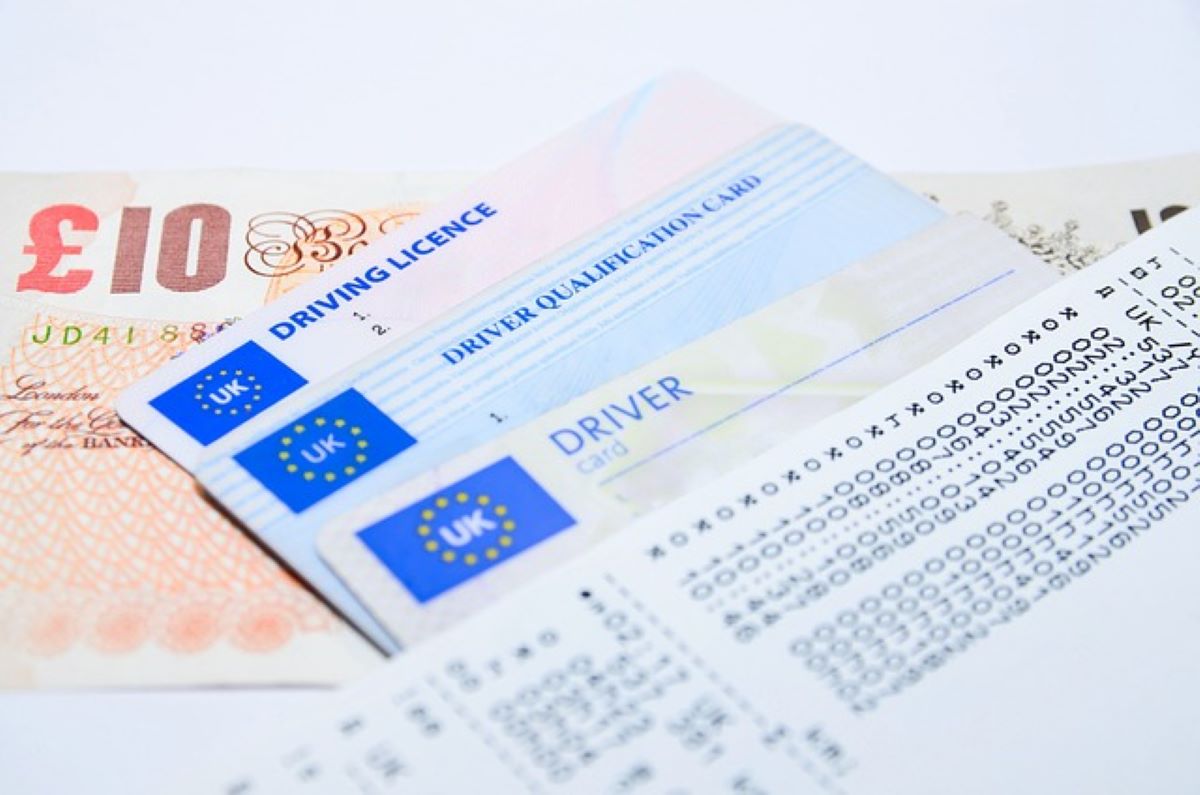To drive legally in India, you need a valid driving license (DL). The Motor Vehicles Act, of 1988 states that no person can drive a motor vehicle in a public place without a valid driving license. It is a punishable offence. But, how to make driving license? Driving License can be applied for online and takes just a few seconds.
Related: Car Safety Features to Look for in 2024
Types of Driving Licenses
There are four types of driving licenses to choose from:
Learner’s License (LL):
A Learner’s License is a prerequisite for applying for a Permanent or Commercial Driving License. It is valid for 6 months from issue and the applicant can apply for a permanent license one month after the LL is issued or 30 days after it expires.
Permanent Driver’s License:
This is required for personal use such as taking children to school and others shopping or travelling. It is valid for 20 years or until the applicant turns 50 (whichever comes first).
Commercial Driver’s License:
It is required if you are transporting goods in a medium commercial vehicle (MGV), light commercial vehicle (LGV) or heavy commercial vehicle (HGV) or if you are transporting passengers in a heavy passenger vehicle (HPMV). It is valid for 3 years.
International Driver’s License:
It is required if you are driving abroad and is valid for a maximum of 1 year. The deadline cannot be extended. Once it expires, the applicant will have to submit a fresh application.
How to Make Driving License in 2024
A lot of rules will change on June 1. These changes will impact your daily life, so it is important to stay updated. June will see changes in terms of the use of LPG cylinders, holidays, Aadhaar updates, and driving licences. Let’s have a look at the major changes that will come into effect from June 1.
New Driving Licence Rules
The Ministry of Road Transport and Highways recently announced new rules for obtaining a driving licence in India. From June 1, 2024, individuals will be able to take their driving test at private driver training centres instead of government driver training centres. These centres will have the authority to conduct driving licence tests and issue qualification certificates.
The new rules also aim to phase out around 900,000 old government vehicles and reduce pollution by enforcing stricter emission standards for motor vehicles. Fines for speeding range between Rs.1,000 and Rs.2,000. However, minors caught driving will be liable for a hefty fine of Rs.25,000 to Rs.5,000.
Also, the vehicle owner registration certificate will be cancelled and minors will not be able to obtain a driving licence until they turn 25. With the new rules, the government wants to retire around 900,000 old vehicles and enforce stricter emission norms. Higher fines will be imposed on those violating traffic rules.
If a minor drives a vehicle, a fine of Rs 25,000 will be imposed and the vehicle owner’s registration will also be cancelled.
Driving Test in Private Schools:
There are major changes in the driving test procedure. Compulsory driving tests at Regional Transport Offices (RTOs) will be abolished. Instead, applicants now have the opportunity to take their driving test at recognised private driving schools.
On passing the test at these approved facilities, a certificate is issued which can be used to apply for a driving licence without taking a further test at an RTO. The government will issue certificates to selected private driving schools authorising them to conduct these driving tests.
However, candidates who do not have a certificate from a recognised school will have to take the test at an RTO.
Tougher Penalties:
The new regulations include tougher penalties for driving without a valid license. The fine now stands at Rs 2,000. If a minor is caught driving, the penalties are even tougher and include a fine of Rs 25,000 as well as possible legal action against the parents and cancellation of the vehicle’s registration certificate.
Green Initiative:
The ministry is implementing a green initiative to reduce vehicular pollution and promote the uptake of electric vehicles (EVs). This includes scrapping 9,000 dilapidated government vehicles and tightening emission standards for other vehicles as part of a broader effort to address environmental issues.
Simplified application process:
The application process for a driver’s licence remains largely unchanged but the documents required have been simplified.
How to Make Driving License: Revised fee structure
The Ministry has also announced a revised fee structure for various types of driver’s licences which will come into effect from 1 June 2024. The new fees are:
How to apply for a driver’s licence online
The driver’s licence application process has also become more convenient with the introduction of an online platform.
- Step 1: Visit https://sarathi.parivahan.gov.in/
- Step 2: Select the relevant State
- Step 3: Under the ‘Driving License’ menu, click on ‘New Driving License’
- Step 4: Enter your ‘Learner License Number’ and ‘Date of Birth’ to continue
- Step 5: Fill up the application form.
- Step 6: Click the Next button to continue.
- Step 7: Visit the RTO on the agreed date with the original document and the fee notice. The new driving licence rules aim to streamline the process and cut bureaucracy.
By tapping the expertise of private driving schools and introducing tougher penalties, the government hopes to improve road safety and make the road process more comfortable for citizens.
Read Also:

